With remote controlled illumination of water.
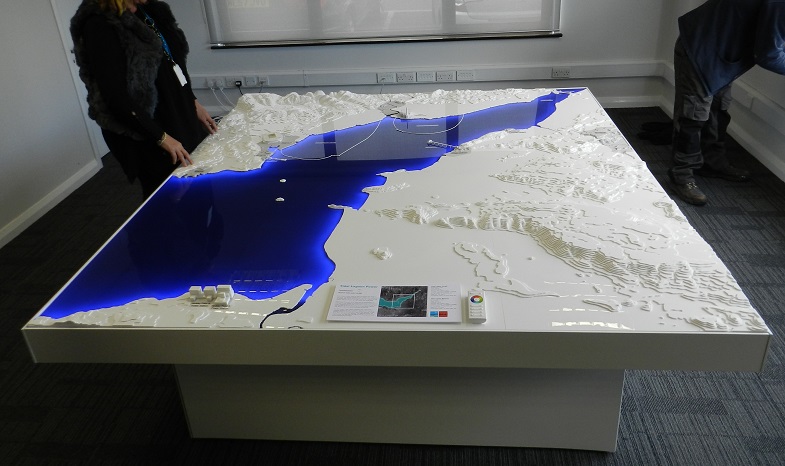
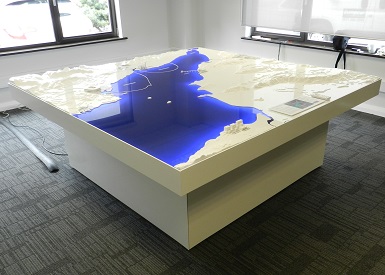
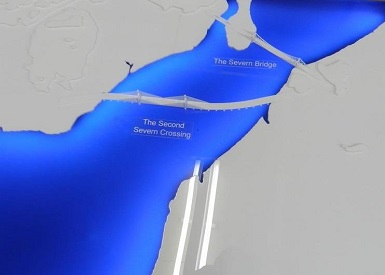
This simple but eye catching model was commissioned to illustrate the size and position of two proposed tidal lagoons in the Bristol Channel. The lagoons are designed to generate renewable energy by harnessing the rise and fall of the tides in an area that has the second highest tidal range in the world. The topography is represented as a stylized contour map (with exaggerated vertical scale) laser-cut from white acrylic sheet. The water is shown as blue acrylic with LED edge-lighting to add visual interest. The LEDs can be set to varying brightness and colour using a hand held remote control (visible on the front edge of the model in the main pic above).
David Cameron views two of our models
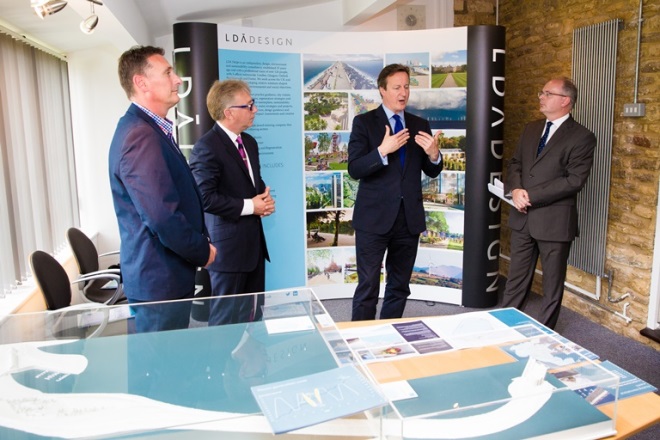
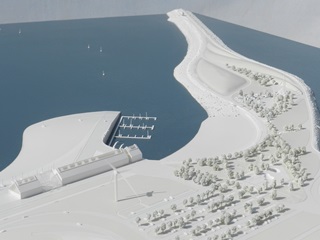
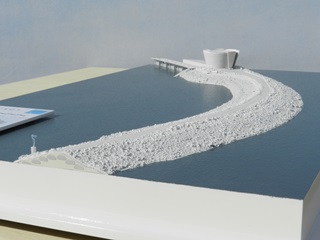
A few days after completing these two white styled models we were surprised (and pleased) to discover they had been the focal point for a presentation to David Cameron about the Swansea Lagoons tidal energy project (apparently they couldn’t tell us beforehand for security reasons). The models are both at 1:1000 scale and show two different areas of the lagoon structure. The largest model shows the leisure facilities where the lagoon wall joins the mainland whilst the small model shows where the turbines generate electricity from the twice daily rise and fall of the tide (the Bristol Channel has the second highest tidal range in the world). If you click on the images to enlarge them you’ll see that even at this small scale (1mm represents 1 metre) we can show a high level of detail.
Contoured model with interactive back projection
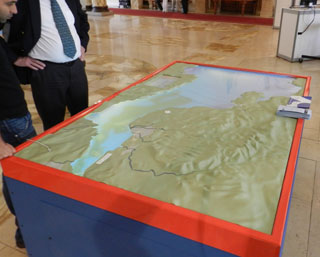
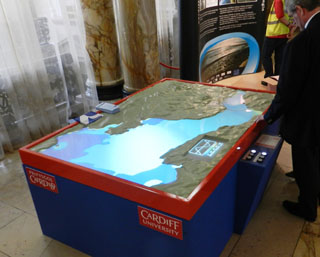
We designed and built this topographical model for display at a Royal Academy of Engineering exhibition. The model had to incorporate an acrylic “sea level” panel suitable for back-projection of computer modelled animations showing currents, tidal flows, sediment deposits, etc. It was a technically demanding project because we had to make sure the back projected animation fitted perfectly within the outline of the coast. The vertical scale was exaggerated to accentuate the distinctive character of the South Wales Valleys.